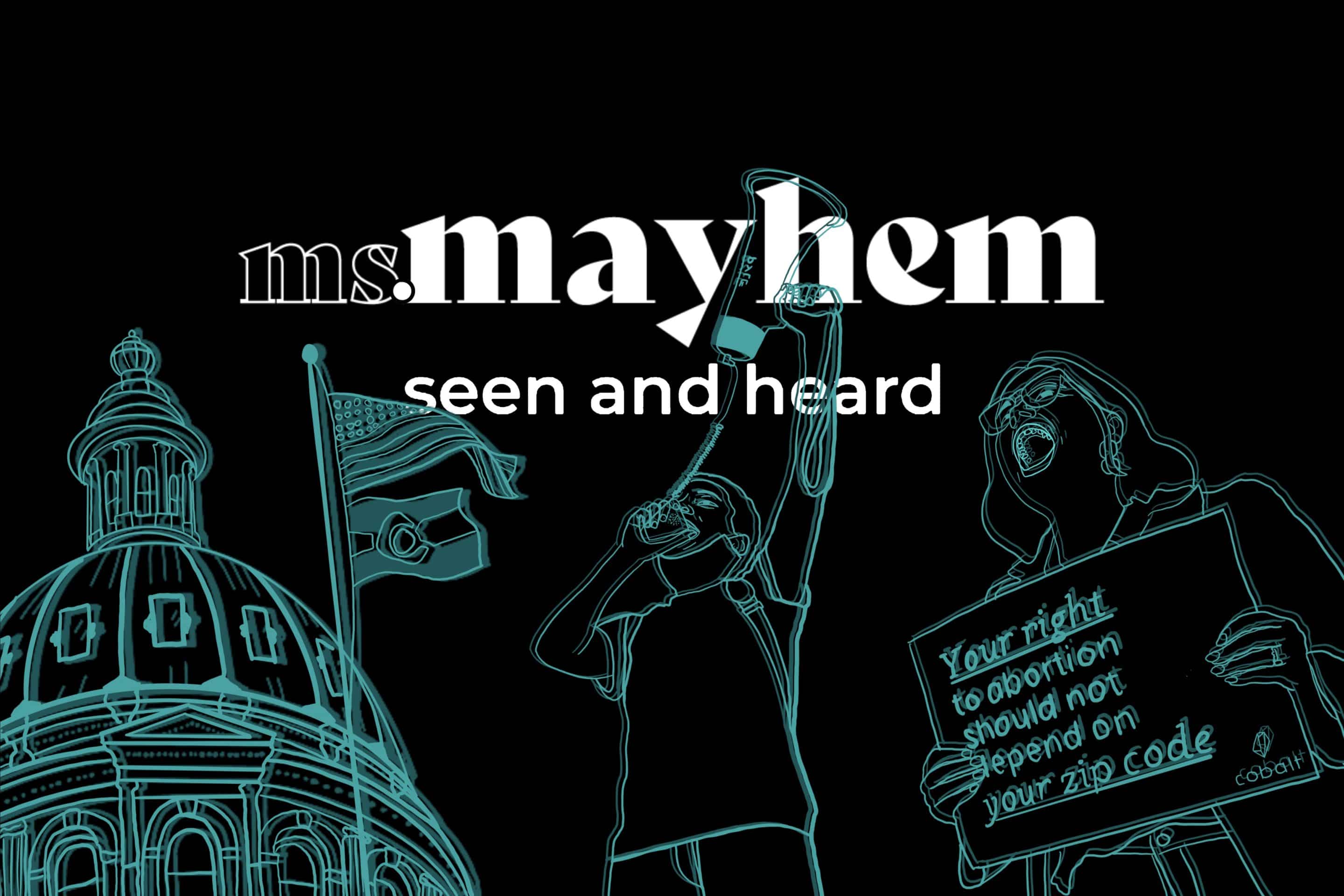//Graphic by Madison Lauterbach | [email protected]
While Texans sat in darkness and frigid temperatures for days, Democrats and Republicans exchanged snide tweets about renewable energy.
Many Republicans used the opportunity to slam renewable energy, claiming that windmills would have iced over and solar panels failed during the bitter-cold weather Southwest states were experiencing. Democrats fired back, claiming the real failing is the complete lack of oversight of the energy industry by GOP members, who they said have strategically stripped the power grid for profit.
Power outages have become exponentially more frequent over the lasts several decades. Fifty years ago, major outages like those we saw in Texas averaged fewer than five a year. From 2007 to 2015, the frequency skyrocketed from 76 to 3,571. Overall, since 1984, power outages in the United States have increased by 285% and happen far more frequently than in any other developed nation.
What happened across the state of Texas last month was shocking. An estimated 4.5 million households and businesses lost power, many of them for days on end. Estimates suggest some 15 million people did not have heat, electricity or running water due to two back-to-back snowstorms from Feb. 10 to 17. Texans spent days on end in 40-something degree homes.
The death toll so far sits somewhere around 32 individuals, but according to officials, it can take up to three months to determine the exact death toll.
This crisis happened within a developed nation not because of hurricanes or earthquakes knocking down power lines but because of snowstorms. You know, the type of weather that happens during the winter. Not natural disasters. Snowstorms. As climate change exacerbates weather patterns and our nation’s power infrastructure continues to decay, America is fighting a two-fold issue—dealing with more extreme weather patterns and, through continued inaction, undoing our progress as a developed nation.
Additionally, the financial costs are passed onto consumers and taxpayers. Since large swaths of electric customers in Texas lost their power, the amount of energy being consumed plummeted. The primary operator of Texas’s electrical grids, the privately-owned corporation Electric Reliability Council of Texas, agreed in conjunction with the Public Utility Commission of Texas that extremely high demand for energy created scarcity, which is why so few people were consuming energy.
A public order issued on Feb. 16 by ERCOT and the PUC made an exception to the price cap set in place, writing that “energy prices should reflect the scarcity of the supply. If customer load is being shed, scarcity is at its maximum, and the market price for the energy needed to serve that load should also be at its highest.” Essentially, ERCOT received a green light to bump up the cost of energy resulting in over a 10,000% spike in wholesale energy prices—during a state-wide emergency.
These infrastructural challenges are not unique to Texas. Between 2013 and 2019, over 1,500 California wildfires were caused by one energy company alone: Pacific Gas & Electric. Power distribution lines in a number of states still sit atop wooden poles that can snap with strong enough winds. When these lines fall, they can spark and cause a fire, which is exactly what happened with the 2018 Camp Fire, the deadliest and most destructive wildfire in California state history. PG&E didn’t even fight the ensuing criminal suit. They pled guilty.
An IEEE Spectrum article from 2011 outlined a massive problem that began in 1995: power grids across the country have degraded at a faster rate than the construction of them, resulting in an increasingly stressed grid. As of 2014, if only nine of some 55,000 power substations around the country went down, a coast-to-coast blackout is very likely according to several sources. The decline in reliability of public utilities is undoing our nation’s development.
In 2017, the American Society of Civil Engineers gave the country’s energy system a D+. At any given time, there are over 640,000 miles of high voltage power transmission lines operating at full capacity in the United States. According to a 2012 study conducted by the National Research Council entitled Terrorism and the Electric Power Delivery System, companies that owned and operated the electrical system from the bottom up were restructured to introduce competition. However, this has resulted in the overburdening of a power grid not built for the demand imposed upon it through privatized energy. These private companies make up 6% of electricity providers while serving 68% of consumers.
Privatizing public utilities puts a strain on a system already overwhelmed beyond its capacity, and investor-owned utilities have no obligation or incentive to update the power grid.
While the National Research Council’s study frames its concern through the lens of a hypothetical terrorist attack, we have all seen that the biggest threat to our energy infrastructure is us. Decades-long austerity measures and the privatization of public works have created the circumstances where a snowstorm or a fallen power line can wreak havoc. The Department of Energy has estimated that power outages are costing the U.S. economy $150 billion annually.
So how do we fix it? One analysis suggested that replacing the entire power infrastructure in the U.S. would cost $5 trillion. Yet Dr. Massoud Amin, author of the IEEE article, suggests an alternative approach—a self-healing Smart Grid, technology that is already being developed by engineers around the world.
The Smart Grid would cost an estimated $338 to $476 billion, as of 2011, which translates into annual expenditures of $17 to $24 billion over the next 20 years. However, it is an investment that would nearly pay for itself by reducing the costs associated with outages, about $49 billion per year, and cut 12 to 18% annually in emissions. Improvement in efficiency would also cut energy usage, saving an additional $20.4 billion annually. And ultimately, it would put an end to most of our power grid issues in the U.S.
Scott Willoughby, a 63-year-old Army veteran who lives on Social Security payments in a Dallas suburb, told The New York Times last week that his savings were wiped out by exorbitant energy bills. Forced to empty his bank account to pay the $16,752 charge to his credit card, Willoughby ended up paying roughly 70 times what he usually pays for all of his utilities combined. “There’s nothing I can do about it, but it’s broken me.”
What happened in Texas will not only continue to happen but with increased frequency. Tax dollars that are supposed to repair and improve infrastructure goes right into the pockets of private companies. On top of that, customers like Willoughby will have to pay the price for the lost profits brought on by the failure of service from the private companies themselves.
America is devolving, becoming undeveloped, and it’s costing our nation more than just money. Human lives and our forests are perishing as we allow our antiquated energy infrastructure to become even more dilapidated.
We hope you enjoyed this editorial! Did you know you can support your local press for FREE by becoming a member? Subscribe today.





0 Comments